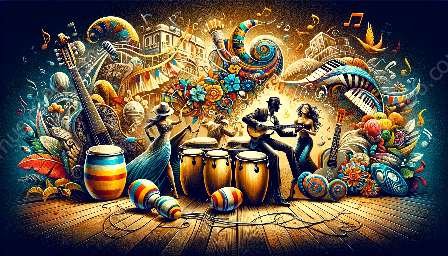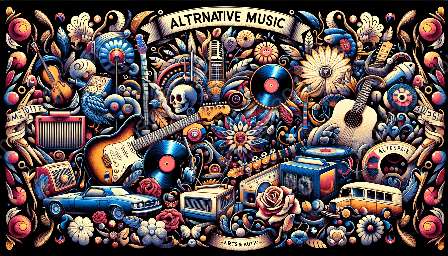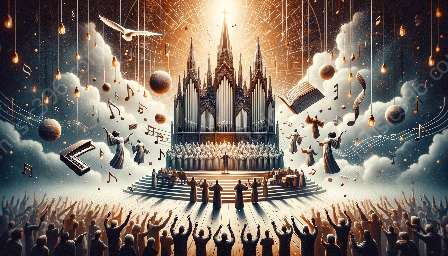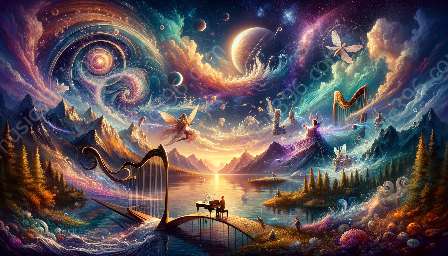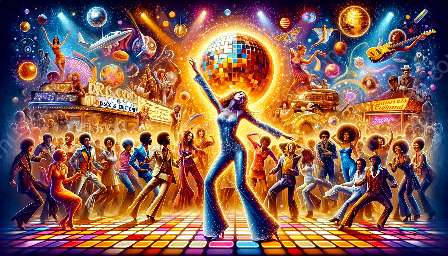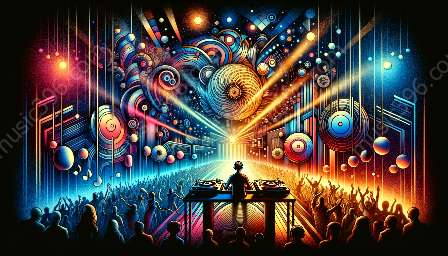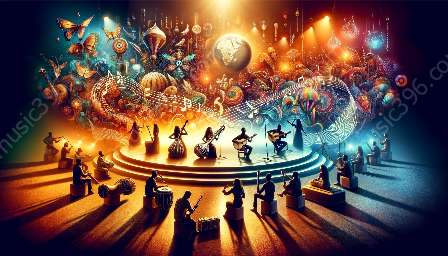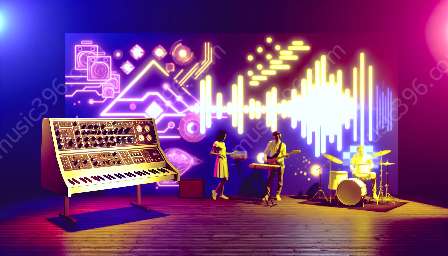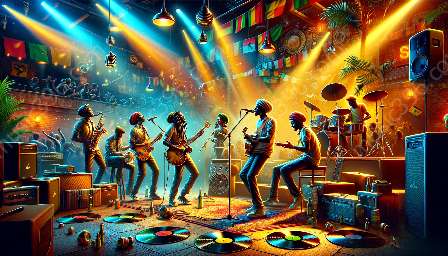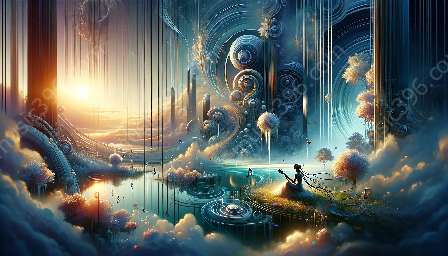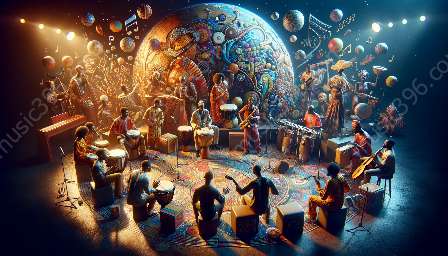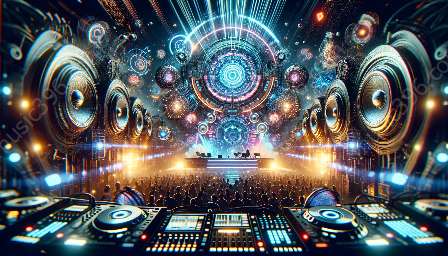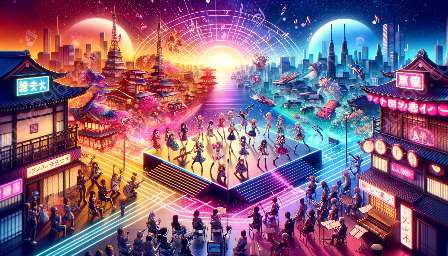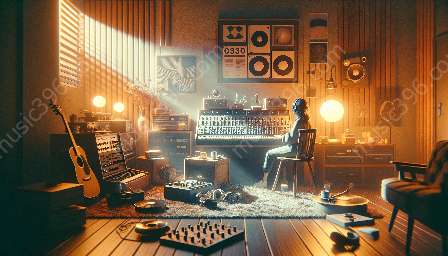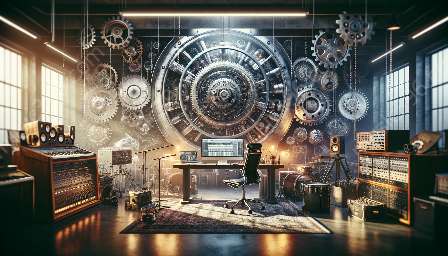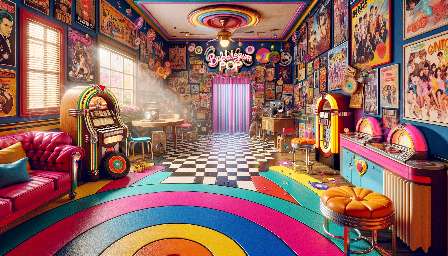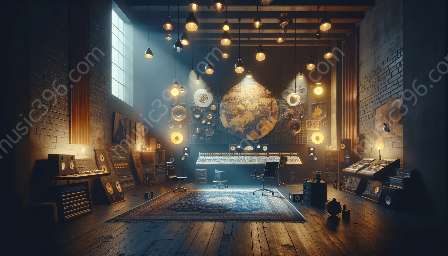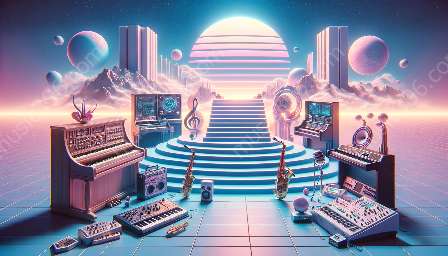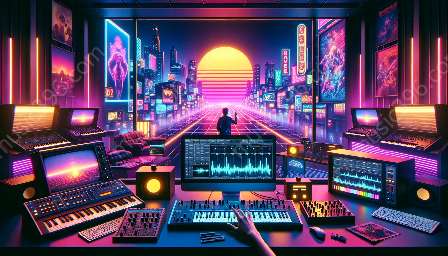Ambient music is a genre that's known for its atmospheric and relaxing qualities, often characterized by its minimalistic and ethereal sounds. The genre has been influential across a wide range of musical styles, and many artists have made significant contributions. From the pioneers of the genre to the contemporary artists pushing its boundaries, ambient music has evolved while maintaining its core essence. Let's explore some of the most influential ambient music artists and albums that have shaped the genre.
Pioneers of Ambient Music
Ambient music began to gain recognition and popularity in the late 1960s and 1970s, and several artists emerged as pioneers of the genre during this time. One of the most influential figures in the early ambient music scene was Brian Eno. Eno's groundbreaking album, 'Ambient 1: Music for Airports', released in 1978, is often regarded as a defining work in the genre. Its use of tape loops and minimal instrumentation created a tranquil and immersive listening experience that set the tone for future ambient music.
Another notable pioneer is Tangerine Dream, a German electronic music group known for their innovative use of synthesizers and sequencers. Their album 'Phaedra', released in 1974, is considered a seminal work in the evolution of ambient music, blending electronic sounds with atmospheric textures to create a unique sonic landscape.
Evolution of Ambient Music
As ambient music continued to evolve, new artists emerged, bringing fresh perspectives and pushing the boundaries of the genre. In the 1990s, the English musician and producer The Future Sound of London released the influential album 'Lifeforms', which combined ambient and electronic elements with a sense of experimentation, solidifying their place as innovators in the genre.
The Japanese artist Hiroshi Yoshimura is also recognized for his contributions to ambient music with his album 'Green', released in 1986. Yoshimura's work often incorporated natural sounds and minimalist compositions, reflecting a deep connection to the environment and the concept of






